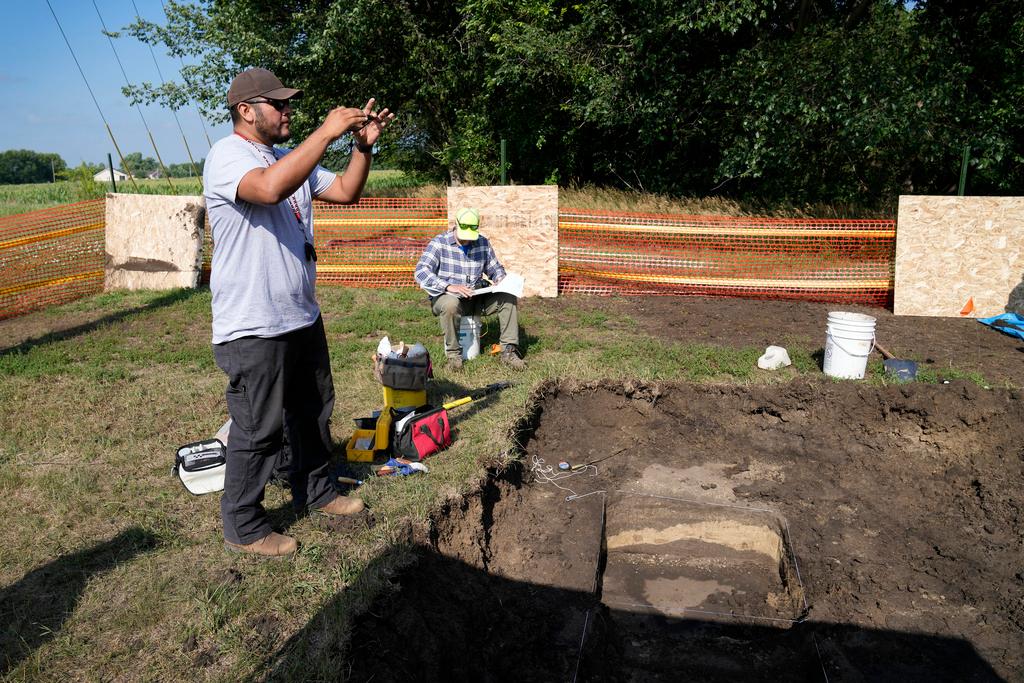
A spacecraft built in Colorado will travel to the moon, searching for one of the most critical resources for future space exploration: water.
NASA’s Lunar Trailblazer, a small but powerful satellite, is set to launch Wednesday evening. Its mission? To map and analyze lunar water deposits and help scientists understand how water behaves on the moon’s surface.
The spacecraft was designed and built by Lockheed Martin Space in Littleton, further cementing the state's reputation as a hub for aerospace innovation.
Here’s what you need to know about this groundbreaking mission.
Why is the Lunar Trailblazer important?
Until recently, scientists weren’t sure water even existed on the moon. But past missions hinted at something unexpected: water signatures on the lunar surface.
Lunar Trailblazer will confirm where that water is and what form it takes. Scientists believe water on the moon exists in three different states:
- Frozen ice in permanently shadowed craters at the lunar poles.
- Hydroxyl (OH), a variation of water chemically bound to minerals.
- Molecular water (H₂O), which may move around as lunar temperatures fluctuate.
Understanding these forms of water is key to planning future missions and even long-term lunar bases.
A resource for the next space age
Water isn’t just important for drinking. If astronauts can access frozen lunar water, it could be broken down into hydrogen and oxygen, forming rocket fuel. This could make the moon a staging point for deeper space missions instead of launching from Earth.
“For a long time, we didn’t even understand that there could be water on the moon, because the thought was it would really just boil off to space,” said Ryan Pfeiffer, Lunar Trailblazer’s program manager at Lockheed Martin. “If anything were to impact it like an asteroid with water, ice on it, the thinking was that it would just boil off.”
Built in Colorado and bound for the moon
Lunar Trailblazer is part of NASA’s push for smaller, cost-effective missions. Unlike billion-dollar flagship projects, this mission takes a lean and fast approach. It uses Lockheed Martin’s Curio platform, a modular spacecraft design that allows for lower costs and quicker development.

At about the size of a washing machine, the spacecraft carries two advanced instruments:
- The Lunar Thermal Mapper (built by the University of Oxford), measures surface temperature.
- The High-Resolution Volatiles and Minerals Moon Mapper (HVM³) (built by NASA’s Jet Propulsion Laboratory), detects the chemical signatures of water.
Colorado’s aerospace industry played a major role in the spacecraft’s construction. Lockheed Martin’s Waterton Campus in Littleton—which has contributed to every NASA Mars mission—built and integrated the satellite. Many of the components were sourced from Colorado-based space technology firms.
What comes next?
Once launched, Lunar Trailblazer will travel for four to seven months before reaching its final orbit around the moon. While its primary mission is expected to last at least 18 months, the spacecraft could continue operating as long as its fuel supply lasts.

“It really helps to understand the future of human exploration on the lunar surface,” Pfeiffer said. “You can imagine finding water—water, ice, whatever form that is—is really a prime target for both future exploration and lunar bases.”
If successful, Lunar Trailblazer could be a game-changer for future lunar exploration. The mission will help NASA and other space agencies plan the next steps for sustained human presence on the Moon by pinpointing where water exists and how it moves.
See mission updates here.









